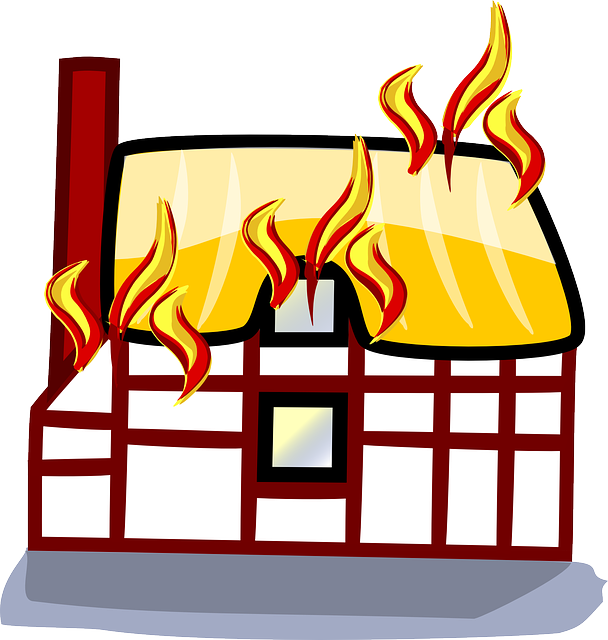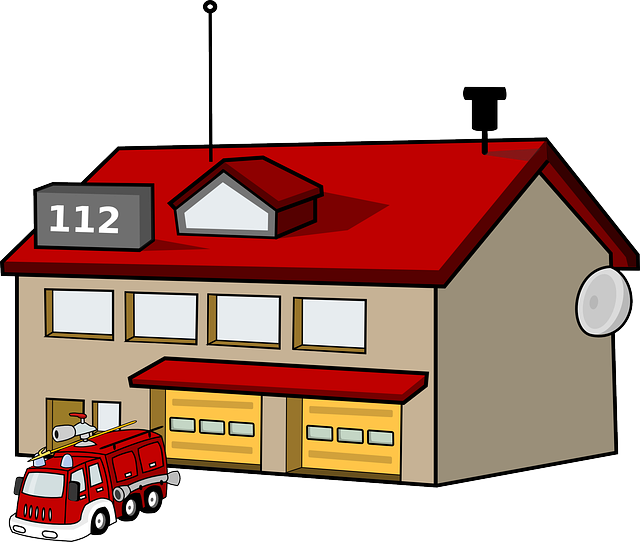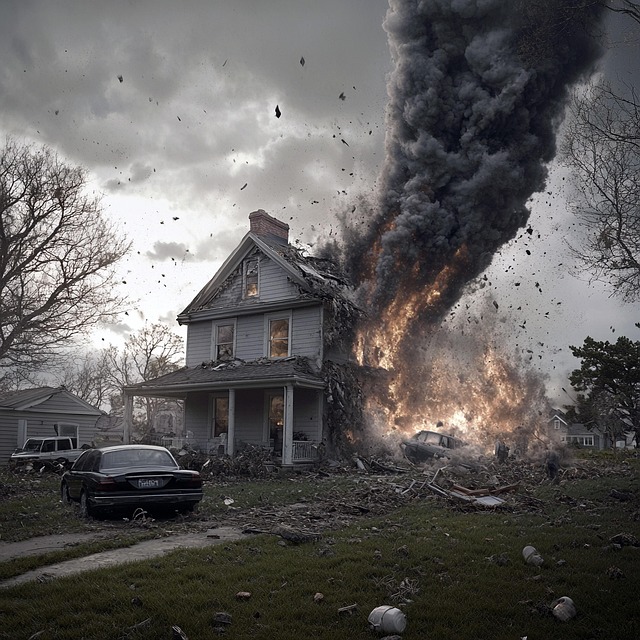Selling a fire-damaged home in California requires a meticulous fire damage assessment to determine the property's condition and price. Homeowners must quickly notify insurers, document losses, understand policy coverage, and engage specialists for a fair settlement under state law. Navigating insurance claims and selling fire-damaged properties involves careful documentation, knowledge of local building codes, and professional guidance to maximize benefits while ensuring proper restoration.
“Fire can devastate, but understanding California’s fire damage assessment and insurance claims process is crucial for homeowners facing such disasters. This guide equips you with essential knowledge to navigate claims effectively after selling a property damaged by fire in California. From assessing fire damage to maximizing compensation, we delve into the steps involved, common pitfalls to avoid, and expert tips for a smoother process. Ensure you’re prepared to protect your interests during this challenging time.”
- Understanding Fire Damage Assessment in California
- Navigating the Fire Insurance Claims Process
- Maximizing Compensation for Your Sold Property
- Common Pitfalls to Avoid When Filing a Claim
Understanding Fire Damage Assessment in California

In California, fire damage assessment is a crucial step in the process of selling a fire-damaged property. The state’s robust real estate market demands transparency and accurate representation of a property’s condition, especially after a fire. A comprehensive assessment helps determine the extent of damage, which is vital for setting a fair price to sell the house. This process involves careful inspection, documentation, and evaluation of both structural and non-structural elements affected by the fire.
Fire insurance claims play a significant role in this assessment, providing a financial benchmark and a roadmap for repairs. Experts skilled in California’s building codes and local regulations conduct these assessments, ensuring compliance with restoration standards. For homeowners looking to sell their fire-damaged homes, understanding this assessment process is essential when navigating the real estate market in California.
Navigating the Fire Insurance Claims Process

Navigating the fire insurance claims process can be challenging, especially after a devastating event like a fire that has damaged or destroyed your California home. The first step is to contact your insurance provider as soon as possible to report the incident. They will guide you through the initial steps and assign an adjuster to assess the damage. This is crucial for ensuring a smooth claims process.
Documenting the damage is essential. Take photos of the affected areas, keep records of all expenses related to temporary housing, and maintain a log of communications with your insurance company. These details will be invaluable when submitting your claim. It’s also important to understand your policy coverage and deductibles, as this will impact what you can expect from your insurance company during the settlement process for selling fire-damaged property in California.
Maximizing Compensation for Your Sold Property

When selling a property that has experienced fire damage in California, it’s crucial to understand your rights and how to maximize compensation. The first step is to thoroughly document the extent of the damage, including taking photos and videos of affected areas. This visual evidence will be invaluable when submitting your fire insurance claim.
Engage with a reputable insurance adjuster or public adjuster who specializes in fire damage claims. They can help navigate the complex process, assess the value of repairs or replacement, and ensure you receive a fair settlement. Remember, California law entitles homeowners to recover the full insurable value of their property, so aim to present a comprehensive case that includes all necessary repairs, replacements, and even emotional distress, if applicable.
Common Pitfalls to Avoid When Filing a Claim

When filing a fire insurance claim in California, there are several common pitfalls that policyholders should be aware of to ensure a smooth and successful process. One major mistake is delaying the notification of the insurer after the fire damage occurs. Time is of the essence, and prompt action can help preserve evidence and ensure your claim is processed faster. Additionally, failing to document the damages thoroughly can lead to claims being denied or underpaid. Homeowners should take photos and keep records of all repairs and replacements to support their claim.
Another pitfall involves not understanding what’s covered in your policy. Reviewing your policy documents carefully before filing a claim is crucial. Some policies may exclude certain types of damage, such as those caused by neglect or natural disasters. Additionally, be cautious when considering the sell fire damage house California option; it’s essential to consult with professionals who can advise on the best course of action to maximize your insurance benefits and ensure your home is restored properly.
When selling a property damaged by fire in California, understanding the assessment process and navigating the insurance claims procedure is crucial. By maximizing compensation through informed decisions, you can ensure a smoother transition. Remember to avoid common pitfalls, such as misrepresenting damage or missing important deadlines. With the right approach, you can secure the best possible outcome for your sold fire-damaged house in California.






